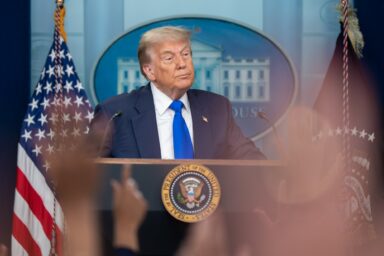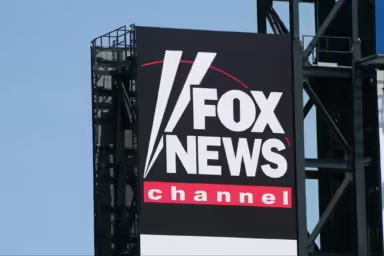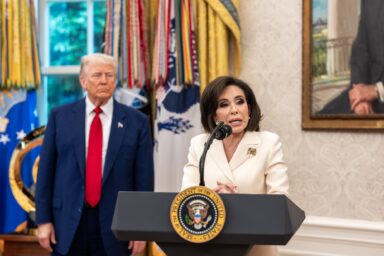In the New York Times, Joe Nocera argues that Obama’s steps at regulating Wall Street are tepid compared to FDR’s and are likely to leave in place some of the very mechanisms that contributed to the crisis. Read this excerpt, if not the entire piece, then my closing comment:
[T]he Obama plan is little more than an attempt to stick some new regulatory fingers into a very leaky financial dam rather than rebuild the dam itself. Without question, the latter would be more difficult, more contentious and probably more expensive. But it would also have more lasting value. . . .
Many experts, even at the Federal Reserve, think that the country should not allow banks to become too big to fail. Some of them suggest specific economic disincentives to prevent growing too big and requirements that would break them up before reaching that point.
Yet the Obama plan accepts the notion of “too big to fail” — in the plan those institutions are labeled “Tier 1 Financial Holding Companies” — and proposes to regulate them more “robustly.” The idea of creating either market incentives or regulation that would effectively make banking safe and boring — and push risk-taking to institutions that are not too big to fail — isn’t even broached.
Or take . . . the so-called bespoke derivatives — customized, one-of-a-kind products that generated enormous profits for institutions like A.I.G. that created them, and, in the end, generated enormous damage to the financial system. For these derivatives, the Treasury Department merely wants to set up a clearinghouse so that their price and trading activity can be more readily seen. But it doesn’t attempt to diminish the use of these bespoke derivatives.
. . . Everywhere you look in the plan, you see the same thing: additional regulation on the margin, but nothing that amounts to a true overhaul. The new bank supervisor, for instance, is really nothing more than two smaller agencies combined into one. The plans calls for new regulations aimed at the ratings agencies, but offers nothing that would suggest radical revamping.
The plan places enormous trust in the judgment of the Federal Reserve — trust that critics say has not really been borne out by its actions during the Internet and housing bubbles. Firms will have to put up a little more capital, and deal with a little more oversight, but once the financial crisis is over, it will, in all likelihood, be back to business as usual. . . .
The bottom line here, it seems to me, is that Obama is under tremendous pressure from Wall Street interests not to come down too hard on them. Why? The fact that key Wall Street figures were prominent in his political campaign and among his top fundraisers, and that financial interests generated a huge share of his total campaign war chest, is not receiving adequate attention. Nor is the precise process that resulted in his choosing the establishment figures Timothy Geithner and Larry Summers, rather than selecting from the abundant pool of economists with bolder visions and greater independence from the financial powers-that-be. To what extent do the sources of the problem have the president’s ear? I can’t think of a more important journalistic mission than finding out.


